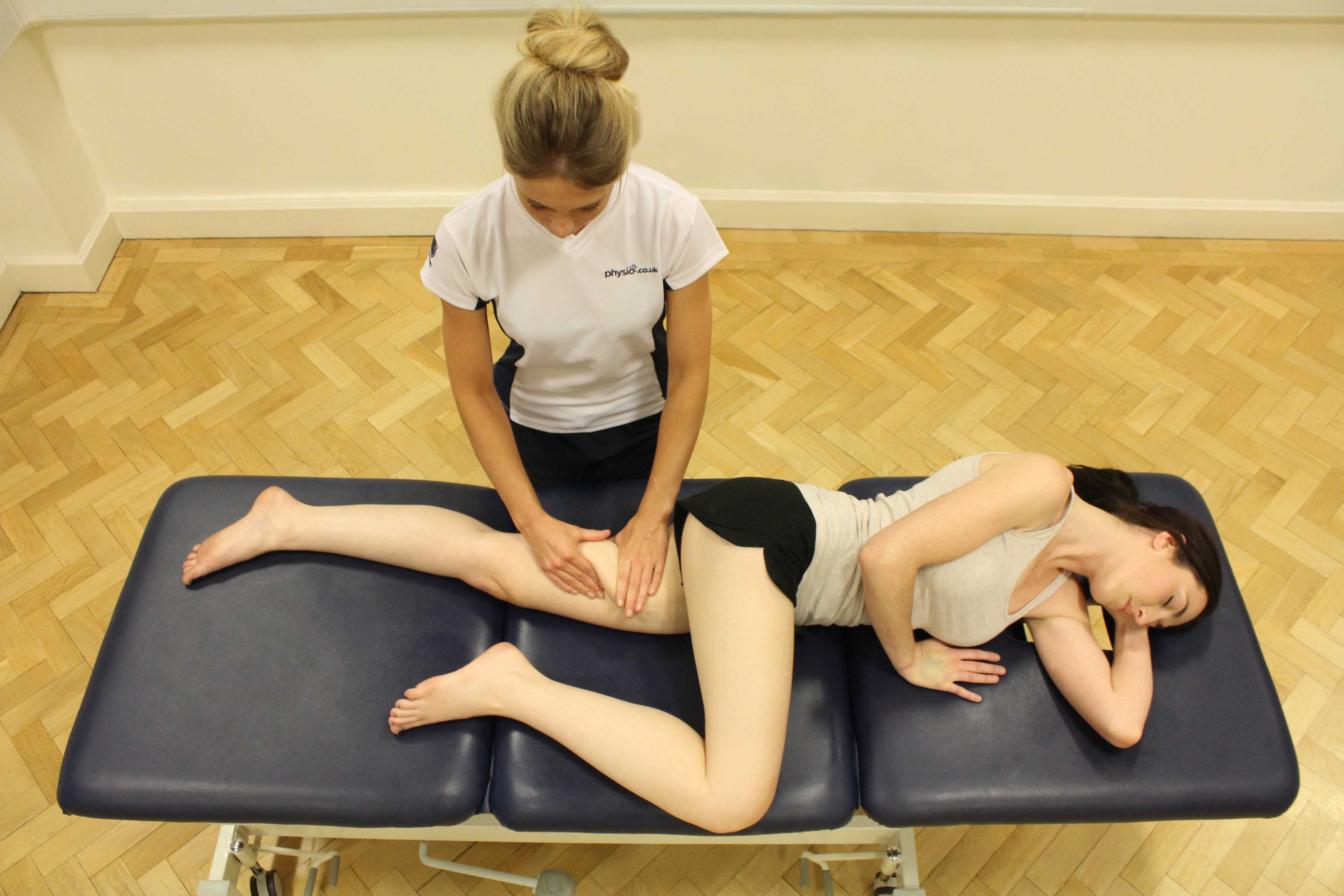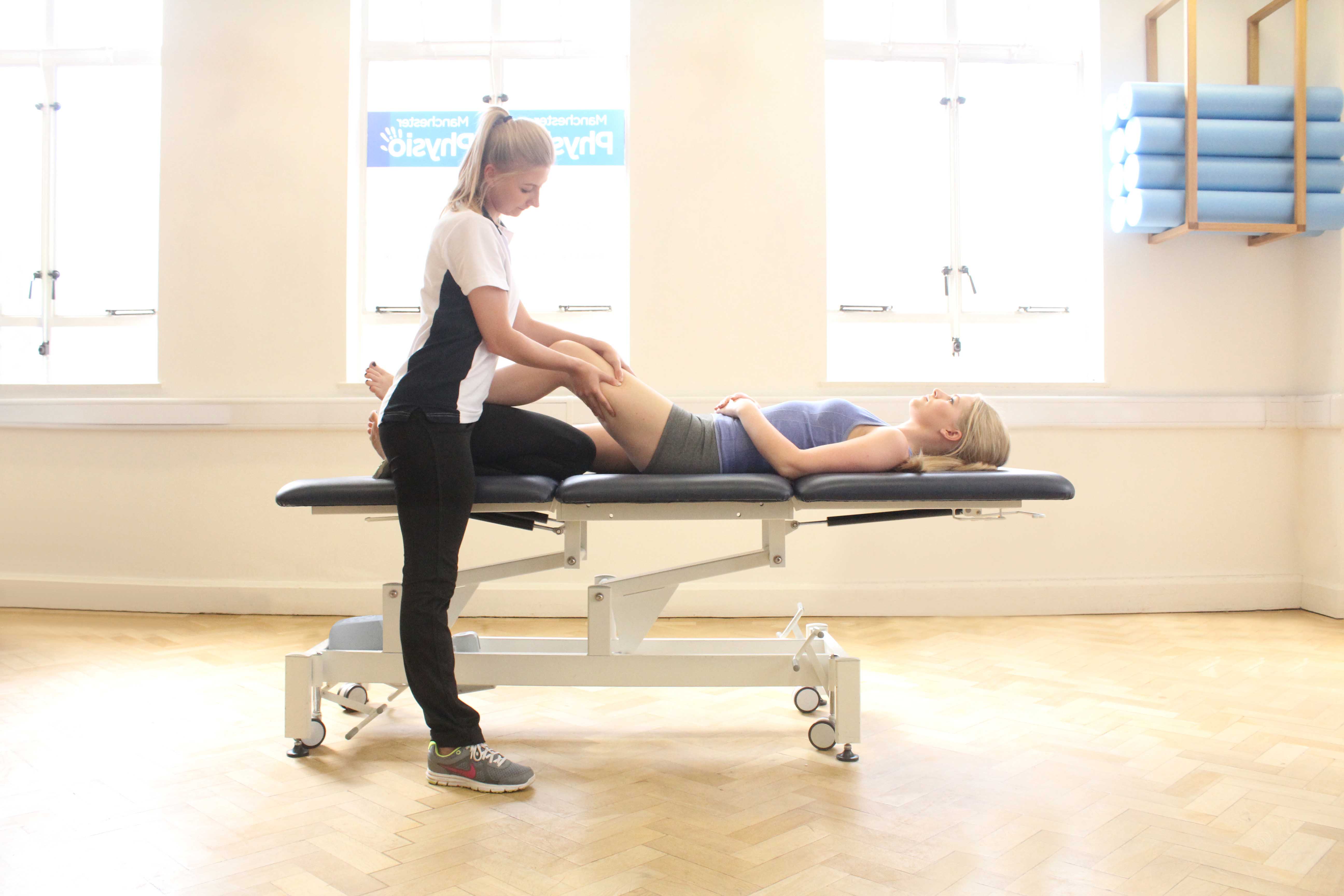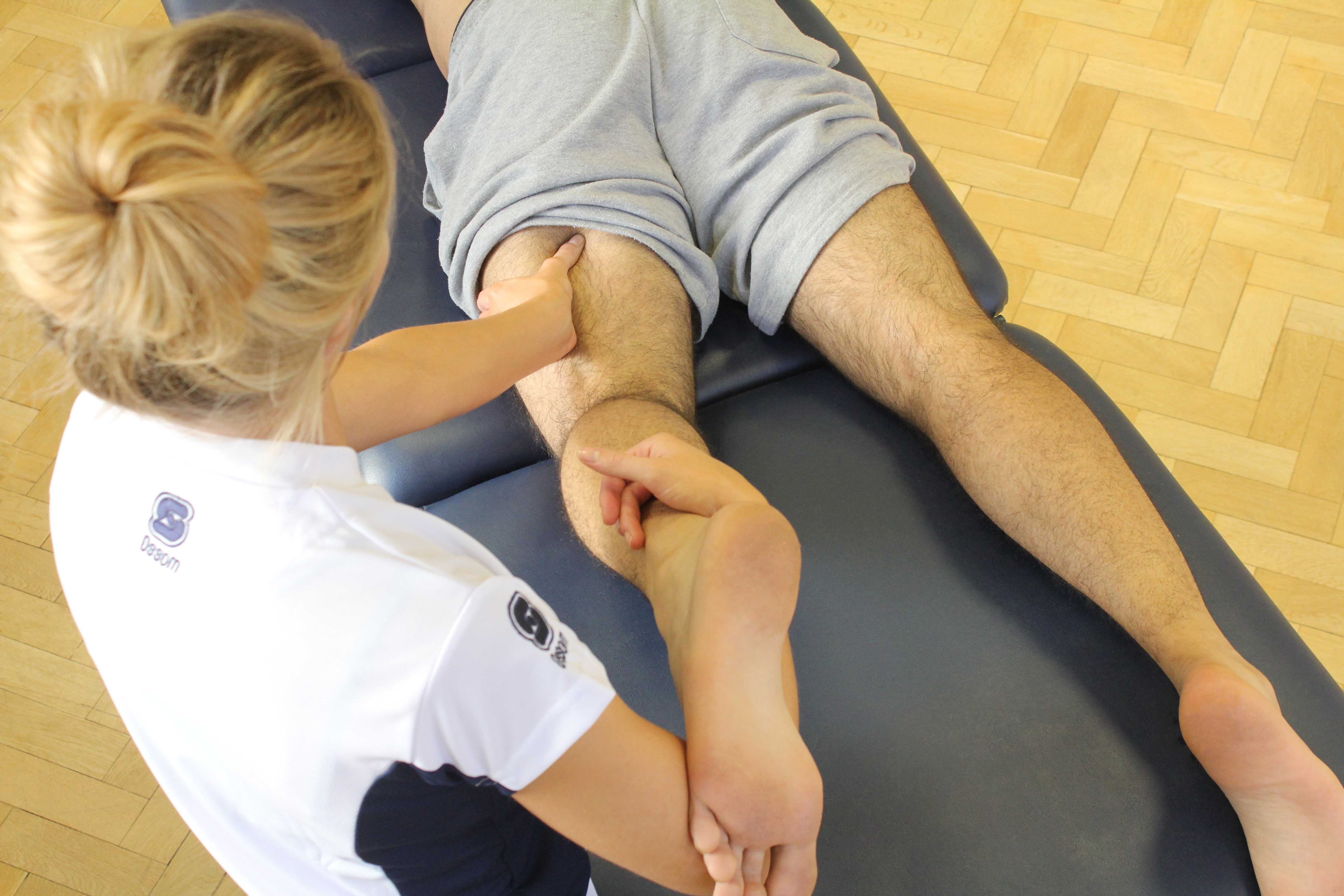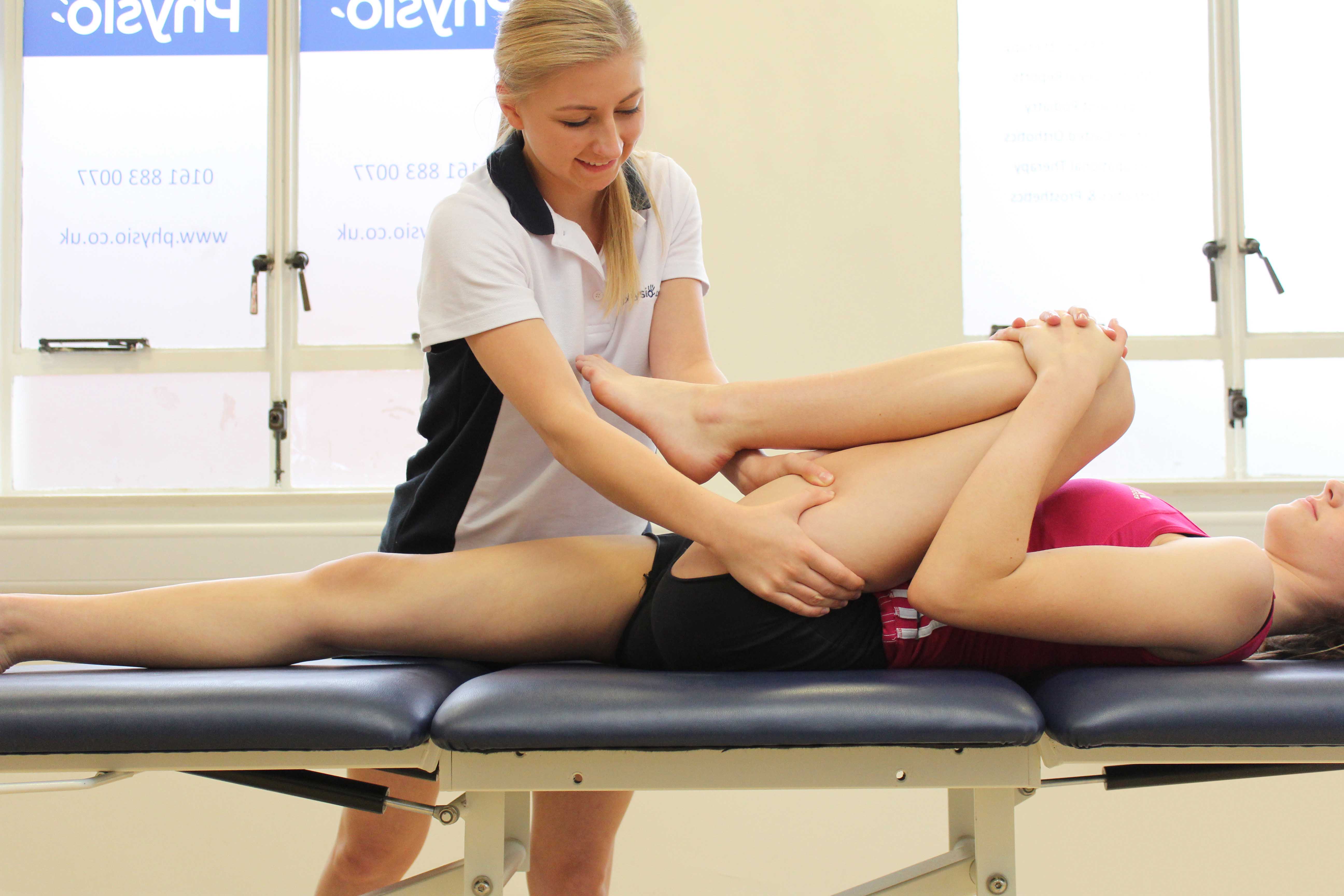Hamstring Repair Physiotherapy
The hamstrings are a group of large, powerful muscles at the back of the thigh that span from the lower pelvis to the back of the shin bone. The hamstring functions to extend the hip joint and flex the knee joint.
The hamstring muscle is commonly injured in sporting activities that involve sudden accelerations such as sprinting or jumping.
A hamstring strain is a tear of the hamstring muscle fibers. In a severe hamstring strain(grade 3) the hamstring muscle can completely rupture, and may require surgery to repair the torn ends of the muscle.
A hamstring injury can also occur as a result of a direct blow to the muscle, such as being kicked in the back of the thigh, or falling on the back of the thigh.
Treatment of a torn hamstring is dependent on the severity of the injury.A Grade 3 hamstring tear may require surgery for the best possible results. Early surgical treatment of the hamstring muscle should occur within the first week for the best possible recovery.
Physiotherapy treatment following hamstring repair will accelerate your recovery and increase strength and flexibility in your muscles allowing you to return to activities that are important you.
 Above: Rolling soft tissue massage of the hamstring muscles
Above: Rolling soft tissue massage of the hamstring muscles Symptoms after a Hamstring Repair
After your hamstring repair you will experience pain, stiffness, swelling and difficulty bending and straightening your knee. Your knee will be immobilised using a knee brace for 4-6 weeks and you will be given elbow crutches for 6-8 weeks so you can partially weight bear as tolerated.
 Above: Trigger point massage applied to the quadricep muscles
Above: Trigger point massage applied to the quadricep musclesPhysiotherapy after a Hamstring repair
Following your hamstring repair your leg will be immobilised for up to 6 weeks to allow healing to take place.
It is important to seek physiotherapy treatment as soon as possible following your surgery. Physiotherapy treatment will make your muscles stronger and increase the range of movement in your hip and knee joints.
A full rehabilitation programme at Physio.co.uk will guarantee the return of full, or near to full, function and help prevent the likelihood of any problems and reduce the chance of reinjury.
The rehabilitation after a hamstring repair will take time and dedication is needed. Physiotherapy treatment at Physio.co.uk will significantly improve your function and accelerate your recovery.
 Above: Trigger point massage applied to hamstring muscles
Above: Trigger point massage applied to hamstring musclesAn extensive graduated programme will be developed and treatment goals set. Treatment goals will include the following:
- To restore painfree joints
- To restore full range of motion (ROM) at the knee and hip
- To restore muscle strength and length
- To re-establish independence with daily tasks
- To promote recovery and quality of life
1-6 weeks
While your injured leg is immobilised physiotherapy treatment at this time will include maintaining strength in your uninjured leg and upper limbs so that your muscles remain strong and your cardiovascular fitness is maintained.
 Above: Trigger point massage applied to hamstring muscles
Above: Trigger point massage applied to hamstring muscles6-12 weeks
At 6 weeks your knee brace will probably be removed and physiotherapy treatment at Physio.co.uk will start building up the strength and flexibility in your injured leg. At this stage treatment will focus on increasing the range of movement in the hip and knee, restoring strength of hip, knee and ankle joints and improving independence with walking. Activities and exercises will include:
- Partial weight bearing exercises
- Crutch training
- Pain modulation
- Isometric strengthening exercises in the quadriceps, hamstrings and glutes
- Knee flexion through active and passive exercises
- Strengthening exercises for hip, ankle and muscles in opposite leg
12-16 weeks
Physiotherapy treatment at this stage willfocus on progression of exercises and activitiesfrom previous weeks. At 3 months the range of movement at your knee joint should have returned to normal. Treatment goals will include muscle strengthening to support the knee and hip, gait re-education and balance training. Treatment will include general fitness and exercises to get you back to your previous level of activity. Your physiotherapy will include:
- Full weight bearing exercises
- Gait training
- Strengthening at stretching of hamstrings and quads
- Balance activities
- Active range of movement exercises
- Begin knee flexion without resistance for hamstring strengthening
- Begin stationary bike training with low resistance
- Stair mobility
- Hydrotherapy
16-24 weeks
Treatment goals after the 4th month at Physio.co.uk will start focusing on sporting activities and well as daily tasks that are important to you. Physiotherapy will also aim to improve your cardiovascular fitness. Your physiotherapy will include:
- Continuation and progression of exercises from previous weeks
- Gait training
- Balance training
- Agility exercises
- Introduction back to jogging
- Sport specific activities
- Static bicycle (progressed resistance as tolerated)
- Hydrotherapy/swimming
Summary
It is important to commence physiotherapy treatment as soon as possible following immobilisation for the best possible recovery. Our physiotherapists at Physio.co.uk are experienced in treating individuals following hamstring repair. An extensive exercise programme will be developed tailored to your needs so that you will be able to return to a your previous level of activity. Physiotherapy treatment is crucial in order to regain the strength, stability and function in your knee and hip joint following injury and get you back to your home/sporting activities as soon as possible.
For more information and to book an assessment call Physio.co.uk now on 0330 088 7800.

 0330 088 7800
0330 088 7800

































